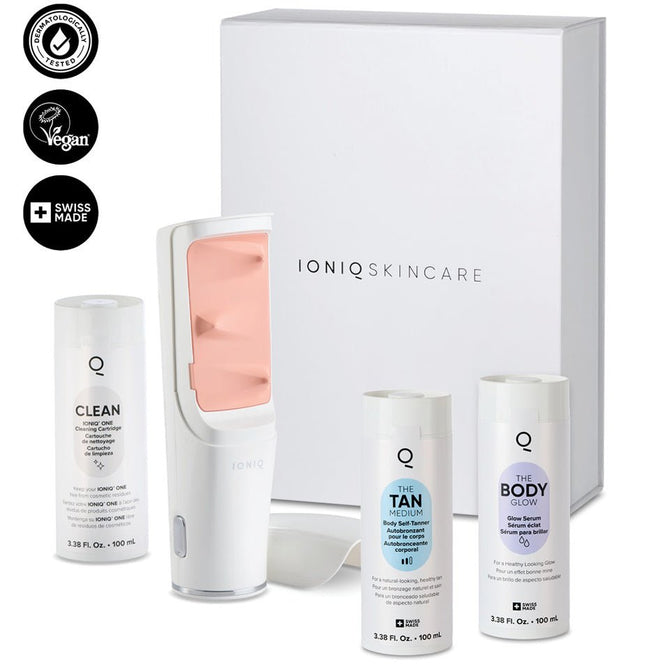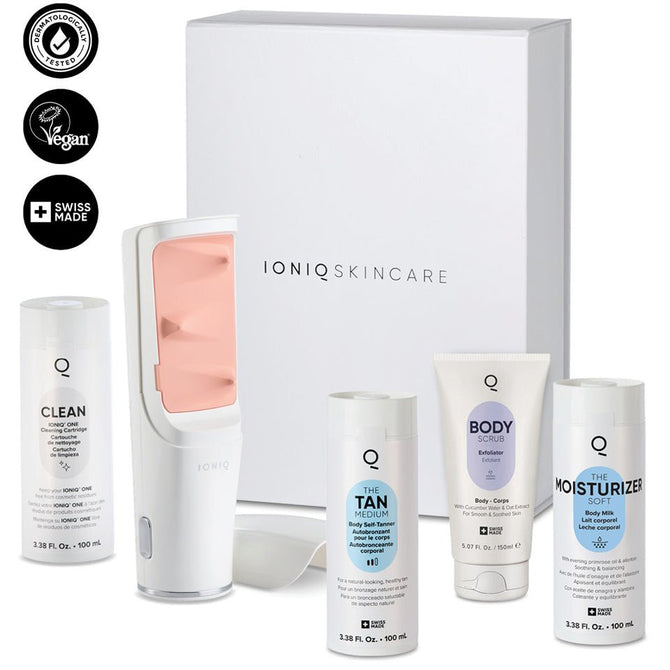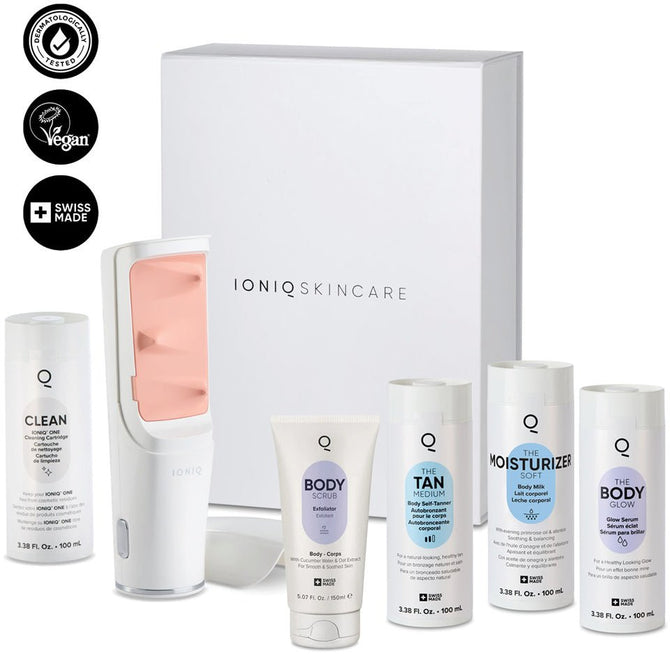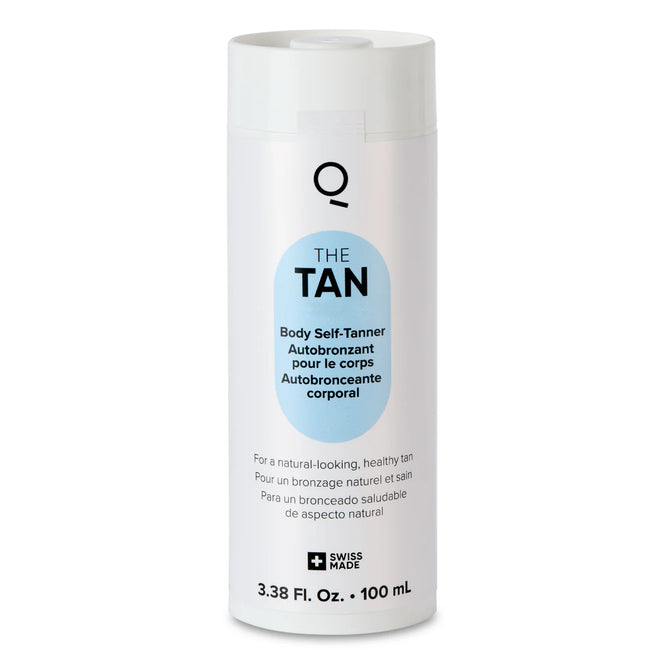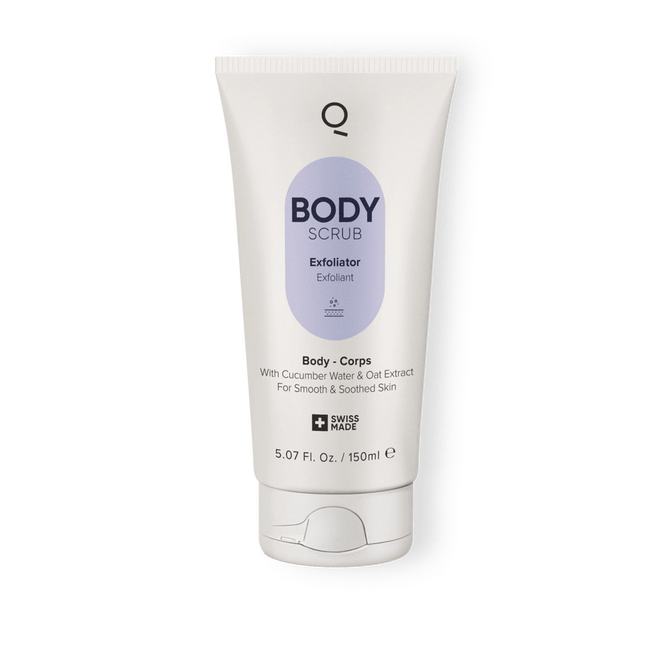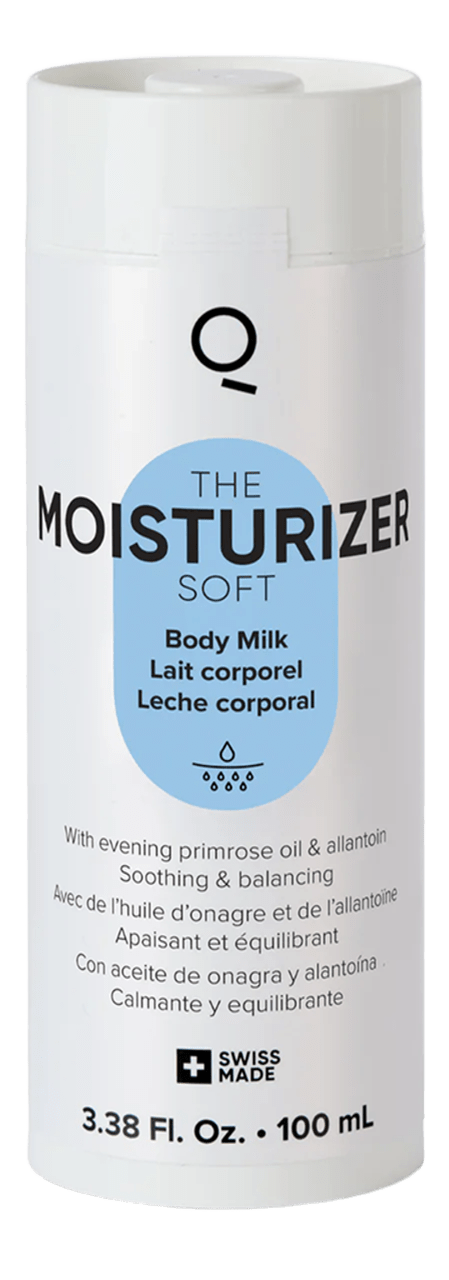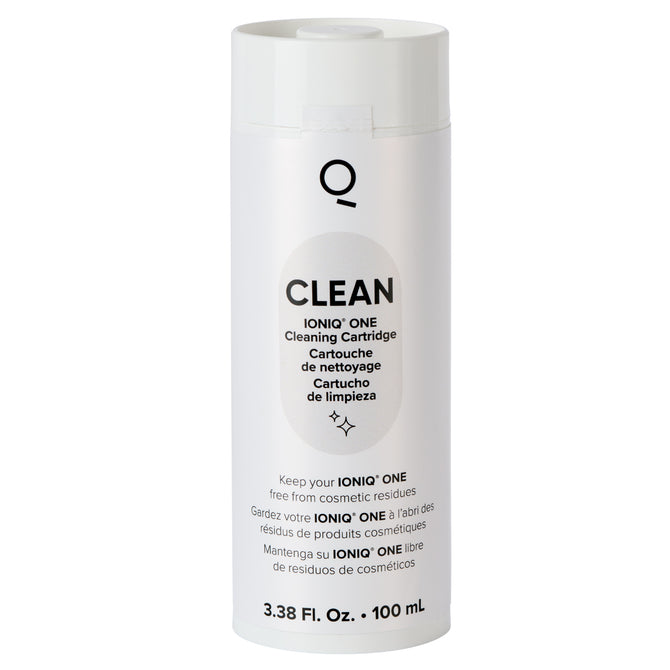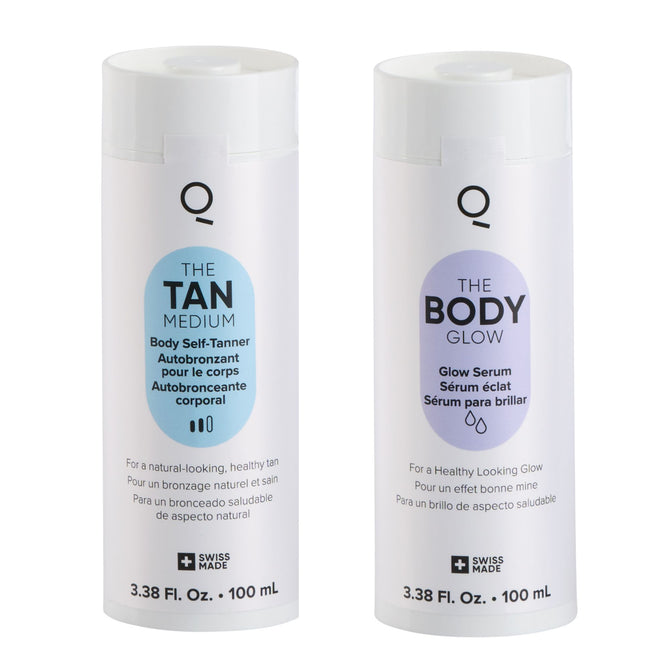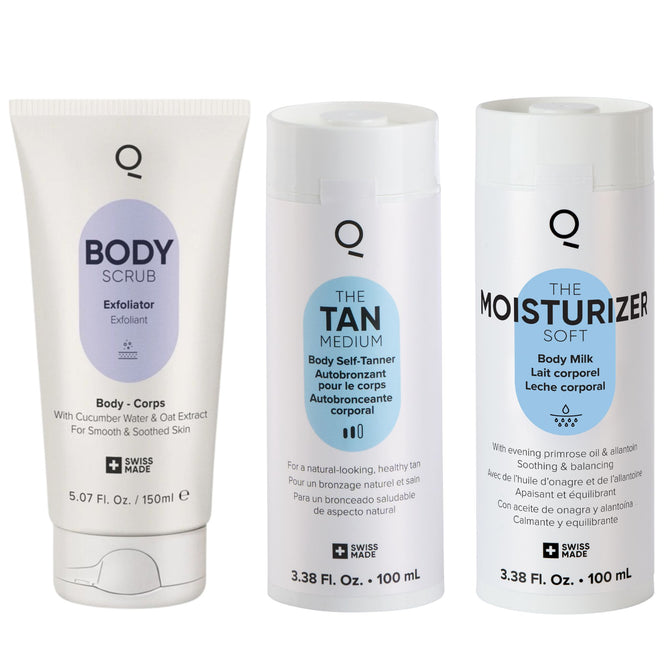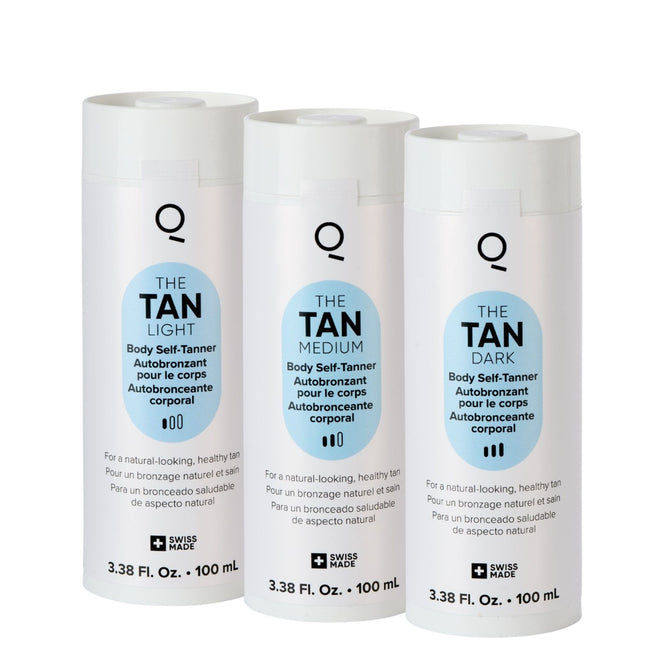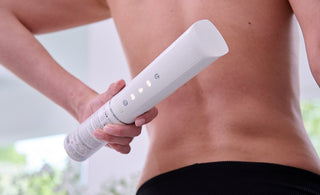
In the pursuit of a sun-kissed glow, the debate of tanning bed vs. self-tanner has never been more relevant. With wellness-conscious consumers prioritizing skin health without sacrificing bronzed beauty, understanding the pros, cons, and science behind each option is essential.
And while many self-tanners crowd the market, the IONIQ ONE Sprayer, the best at-home spray tan stands in a category of its own—a smart system that delivers even coverage without the mess or UV exposure. Whether you're chasing a golden vacation tan or a year-round radiant complexion, this guide unpacks everything you need to make the safest, smartest choice for your skin.
What This Guide Covers
This in-depth guide breaks down:
-
How tanning beds and self-tanners work—backed by science
-
A side-by-side comparison of effectiveness, safety, longevity, and cost
-
The myths and truths about tanning methods
-
The evolution of sunless tanning technologies
-
What dermatologists and skin experts really say
By the end, you’ll know exactly which bronzing method suits your skin type, lifestyle, and long-term skin goals.
Why the Debate: Tanning Bed vs Self-Tanner?
The core of the tanning bed vs self-tanner debate is health versus aesthetics. Tanning beds offer a fast-track to a deeper tan, but at what cost to your skin and overall health? On the flip side, modern self-tanners promise a UV-free glow—but do they look natural or streaky? And how long do they really last?
Consumers are increasingly torn between instant gratification and long-term consequences. With the rise of advanced sunless formulas and growing awareness of UV damage, the conversation is shifting rapidly—and this guide dives deep into both sides.
What Is a Tanning Bed?
A tanning bed—also known as a sunbed—is a device that emits artificial ultraviolet (UV) radiation to induce skin tanning. Users lie in the bed or stand in a booth, where fluorescent bulbs emit controlled doses of UVA and UVB rays designed to darken melanin pigment in the skin.
How Tanning Beds Work
Tanning beds simulate the sun’s UV rays using high-intensity fluorescent lamps. These devices primarily emit UVA (which penetrates deeper layers of the skin) and smaller amounts of UVB (which affects the outer skin layers and can cause burning).
Here’s how it works:
-
UVA Rays penetrate deep into the skin, oxidizing existing melanin and causing immediate pigment darkening.
-
UVB Rays trigger melanocyte cells to produce more melanin over time, deepening the tan after 24 - 48 hours.
-
Repeated exposure increases the melanin in the skin, creating a darker, longer-lasting tan.
However, it’s important to note: both UVA and UVB rays contribute to premature aging and significantly increase the risk of skin cancer, especially with frequent use.
Types of Tanning Beds
Tanning beds come in two main categories:
High-Pressure Tanning Beds
-
Emit mostly UVA rays
-
Penetrate deeper into the skin
-
Provide a longer-lasting tan with fewer sessions
-
Often used for “bronzing” effects
-
Higher cost per session
-
Lower risk of burning—but still UV-heavy
Low-Pressure Tanning Beds
-
Emit both UVA and higher levels of UVB rays
-
More likely to cause sunburn or irritation
-
Shorter-lasting tan
-
Requires more frequent sessions to maintain results
-
Lower cost, more commonly found in salons
Both types carry substantial UV exposure and long-term skin health risks.
What Is a Self-Tanner?
A self-tanner, also known as sunless tanner, is a product that creates the appearance of a tan without exposing your skin to harmful UV radiation. Available in lotions, mousses, sprays, drops, and wipes, self-tanners are designed for at-home use and are often formulated with moisturizing and skin-nourishing ingredients.
Unlike tanning beds, self-tanners offer a safe and UV-free way to achieve a bronzed glow—ideal for those prioritizing skin health.
How Self-Tanners Work
The primary active ingredient in most self-tanners is DHA (dihydroxyacetone), a sugar-derived compound that reacts with the amino acids in the top layer of your skin (stratum corneum). This reaction produces pigments called melanoidins, which mimic a natural tan.
The tan develops over 4 to 8 hours after application. Modern formulations often include erythrulose (another sugar derivative) for a longer-lasting, more even tone.
For those seeking the most effective, mess-free, and skin-conscious alternative to both tanning beds and traditional self-tanners, the IONIQ ONE Sprayer + TAN, the best at-home spray tan system offers the best of all tanning methods. Its smart spray technology ensures even, full-body coverage in minutes—without UV risks, sticky residue, or staining—making it the next generation of sunless tanning.
Types of Self-Tanners
Choosing a self-tanner is all about preference and skin type. Here are the most common formats:
-
Lotions. Great for dry skin thanks to their hydrating formulas, but they can feel heavy and take longer to dry—raising the chance of product transfer.
-
Mousses. Lightweight and quick to apply, though they may cling to dry patches and emphasize uneven texture if skin isn’t well-prepped.
-
Sprays. Great for even coverage with a device like IONIQ ONE Sprayer. Traditional sprays can be messy, hard to control, and inconsistent without a proper sprayer.
-
Drops. Blend easily with your moisturizer for a custom glow, yet inconsistent mixing can lead to patchy or uneven results.
-
Wipes. Handy for travel and quick touch-ups, although they often don’t hold enough product for full coverage and may leave uneven color behind.
Unlike traditional formats, IONIQ ONE Sprayer + TAN combines convenience, precision, and skin-safe technology to offer a superior self-tanning experience at home.
Health and Safety Comparison
When it comes to achieving that sun-kissed glow, the method you choose matters greatly for your long-term health. Tanning beds and self-tanners differ drastically in terms of health risks and safety profiles.
Tanning beds emit ultraviolet (UV) radiation to stimulate melanin production. However, this exposure is directly linked to serious health concerns like premature aging and skin cancer. In fact, the World Health Organization classifies tanning beds as Group 1 carcinogens—the same category as tobacco and asbestos.
In contrast, self-tanners provide a sun-free alternative. IONIQ ONE Sprayer + TAN offers innovative features such as even, contactless application and formulas free from common irritants, making them a safer choice overall.
UV Exposure and Skin Cancer Risks
The dangers of UV radiation from tanning beds are well-established. Just one indoor tanning session can increase the risk of melanoma by 20%, squamous cell carcinoma by 67%, and basal cell carcinoma by 29%. Self-tanners avoid these risks entirely.
Self-Tanner Ingredients: Are They Safe?
Many conventional self-tanners contain harmful ingredients like parabens and sulfates. These can cause skin irritation, particularly with frequent use.
Modern alternatives often exclude these additives and include skin-friendly components, offering a cleaner, safer formula for regular use. With IONIQ ONE Sprayer formula that’s aloe-infused, vegan, and free of silicones and parabens, it’s as gentle as it is effective—perfect for regular, skin-safe use.
Impact on People with Sensitive Skin or Conditions
Tanning beds can be especially harsh on sensitive skin or for those with conditions like eczema or rosacea. The UV light can worsen inflammation or trigger flare-ups.
While some self-tanners cater to sensitive skin, the IONIQ ONE Sprayer stands apart with its fragrance-free, non-comedogenic formula and contactless application—offering a uniquely gentle and hygienic experience that’s ideal for even the most reactive skin types.
Which Looks More Natural: Tanning Bed or Self-Tanner?
Tanning beds often result in a less predictable outcome, with some users reporting overly dark or uneven color.
Self-tanners generally offer more control over the result. With features that ensure even application, such as fine-mist sprays can produce a smooth, natural-looking tan across different skin tones.
Streaks, Orange Tones, and Patchiness
Uneven tans are a common issue with tanning beds and traditional self-tanners. Beds can leave pressure marks, while lotions may apply inconsistently.
Technology-driven self-tanners help reduce these issues by applying products more uniformly, minimizing streaks and color mishaps.
Tanning Bed vs. Self-Tanner: Which Is Best for Different Skin Tones?
Tanning beds aren’t always suitable for fair or sensitive skin and often lack customization.
Self-tanners that adapt well to various skin tones—like those with buildable formulas and app-based tips—can be a better fit for achieving natural, even results.
From health risks to color control, the advantages of self-tanning clearly outweigh those of tanning beds. The IONIQ ONE Sprayer makes sunless tanning safer, more convenient, and better suited to modern skincare needs.
Convenience and Time Commitment
Using a tanning bed requires more than just a desire for a bronzed glow—it demands scheduling appointments and commuting to a salon or tanning facility. Whether you’re squeezing in a session before work or on your lunch break, it’s an added step in your routine. Busy individuals may find it difficult to maintain a consistent schedule, especially if their local salon has limited availability.
For people on the go, self-tanner is clearly the more time-efficient option. It allows you to tan on your own schedule without booking appointments or making salon visits. When combined with user-friendly technology, self-tanning becomes virtually effortless—making it ideal for those with packed calendars or unpredictable routines.
Duration & Maintenance of the Tan
How Long Does a Tanning Bed Tan Last?
A tan from a tanning bed typically lasts between 7 to 10 days, depending on skin type and how well you care for your skin afterward. Because it’s caused by UV exposure, it may fade unevenly if your skin becomes dry or peels. Regular moisturizing can help extend the lifespan of your tan, but frequent sessions are often needed to maintain consistent color.
How Long Does a Self-Tanner Tan Last?
Regular self-tanner results usually last between 5 to 7 days. IONIQ Tan formula is long-lasting - up to 9 days and fades evenly, reducing the need for constant reapplication. The longevity of a self-tan can be influenced by how well you prep your skin beforehand and how diligently you moisturize afterward.
How to Extend Your Tan With Either Method
To make your tan last—regardless of the method—hydration is key. Drinking water and using daily moisturizers can help maintain skin health and slow down fading. For traditional self-tanners, reapplying a gradual tanner every few days can keep the glow going. Exfoliating gently before reapplication helps avoid buildup and patchiness. With tanning beds, regular sessions may be needed, but they come with increased UV exposure, which carries skin health risks.
Preparation and Aftercare
Skin Prep for Tanning Beds
Before using a tanning bed, showering and exfoliating your skin is important to remove dead skin cells that can block UV rays. Avoid using heavy lotions, deodorants, or perfumes, as these can interfere with the tanning process and even cause irritation under UV light. Wearing protective eyewear is essential to prevent eye damage.
Skin Prep for Tanning with a Regular Self-Tanner
For traditional self-tanners, skin prep is all about creating a smooth surface. Exfoliate 24 hours before applying your product to ensure an even base. Focus on dry areas like elbows, knees, and ankles, and lightly moisturize those spots to prevent them from absorbing too much color.
Aftercare Tips for Each
Post-tanning bed care includes moisturizing regularly and avoiding exfoliating products for a few days. For self-tanning, wait at least 6 - 8 hours (or as directed) before showering, and avoid heavy sweating or swimming during this time. Continue moisturizing daily to prolong the color. Using gentle, sulfate-free body washes also helps prevent premature fading.
Common Mistakes to Avoid
Common tanning bed mistakes include skipping protective eyewear, overexposing the skin, and failing to moisturize afterward. With self-tanners, uneven application, skipping exfoliation, and choosing the wrong shade are frequent missteps.
The IONIQ ONE Sprayer + TAN simplifies prep and aftercare by delivering an even, streak-free application with minimal effort. Its Magnetic Skin Technology eliminates the need for rubbing or blending, reducing common self-tanning errors. Plus, with a non-sticky, colorless formula that dries quickly and doesn’t stain, you can go about your day with confidence. For aftercare, just follow standard moisturizing routines—no salon visits, UV exposure, or cleanup required. It’s the cleanest, smartest alternative to both tanning beds and traditional sunless products.
Ethical and Environmental Considerations
Are Self-Tanners Vegan and Cruelty-Free?
More consumers today are questioning the ethics behind their beauty products—and rightly so. Many self-tanners are now formulated without animal-derived ingredients and are certified cruelty-free by organizations like Leaping Bunny or PETA. Brands are becoming increasingly transparent, offering vegan-friendly options that align with a cruelty-free lifestyle. However, not all self-tanners are created equal. It’s important to read labels or look for official certifications if ethical sourcing matters to you.
In contrast, tanning beds don't involve ingredients, but they do raise ethical concerns related to the promotion of skin-damaging practices. Many dermatologists argue that marketing UV tanning, despite the known risks of premature aging and skin cancer, can be seen as irresponsible.
Energy Consumption of Tanning Beds
Another growing concern is energy use. Tanning beds require high amounts of electricity to operate, especially in commercial tanning salons that run machines continuously. Over time, this contributes significantly to energy consumption and carbon emissions. In comparison, self-tanners have a far lower environmental impact. While packaging and shipping do leave a footprint, many eco-conscious brands now use recyclable materials and carbon-neutral delivery methods to reduce their impact.
Sustainable Self-Tanning Products
Sustainability is becoming a key selling point for top self-tanner brands. From refillable bottles to biodegradable formulas, the industry is evolving to meet the demand for environmentally friendly beauty. Look for products with clean, non-toxic ingredients and brands that prioritize sustainability throughout the production process. This stands in stark contrast to tanning beds, which are inherently less sustainable due to ongoing electricity demands and their association with health risks that may increase healthcare burdens over time.
Verdict: Tanning Bed vs. Self-Tanner – Which One Wins?
Choosing between a tanning bed and a self-tanner comes down to your priorities: health, budget, time, and the kind of tan you want. Let’s break it down.
Based on Health & Safety
When it comes to long-term skin health, self-tanners are the clear winner. Tanning beds expose your skin to harmful UVA and UVB rays, increasing your risk of premature aging, sunspots, and skin cancer. In fact, using a tanning bed before the age of 35 increases melanoma risk by 75%, according to the Skin Cancer Foundation.
In contrast, self-tanners provide a sun-kissed glow without UV damage. The active ingredient, DHA (dihydroxyacetone), reacts with the top layer of your skin to create a bronzed effect that fades naturally—no radiation required.
Based on Cost & Convenience
Tanning beds require ongoing sessions, often costing $20–$40 per visit, or monthly memberships that add up quickly. You also need to factor in travel time, appointment scheduling, and maintenance.
Self-tanners, on the other hand, offer affordable at-home application. Self tanning products range from $15 to $500 and can last for multiple applications.
Based on Appearance & Longevity
If your goal is a deep, salon-style bronze, tanning beds deliver intense results after a few sessions. However, this comes at the cost of your skin’s health and often uneven fading.
Today’s best self-tanners rival professional spray tans, offering customizable shades that replicate a natural sun-kissed glow. But IONIQ ONE Sprayer redefines the category entirely—its patented spray technology ensures even on hard-to-reach areas like the back. With proper prep and aftercare, your IONIQ-powered tan can last up to 9 days.
Conclusion: Why Self-Tanner Is the Smarter Glow-Up Choice
In the tanning bed vs. self-tanner debate, one thing is clear: self-tanners offer a safer, more modern path to achieving a radiant glow—without sacrificing your skin’s health. While tanning beds may deliver fast results, they come with steep health risks, including increased chances of premature aging and skin cancer. Unlike traditional tanning beds, self-tanners offer a UV-free glow—but IONIQ ONE takes it a step further, combining customizable, natural-looking color with patented spray technology for flawless results that are faster, cleaner, and more skin-friendly than ever.
Whether you're looking for convenience, ethical beauty, or long-term skin wellness, self-tanning is the future of bronzed beauty. It's time to tan smarter, not riskier. Your skin will thank you.




